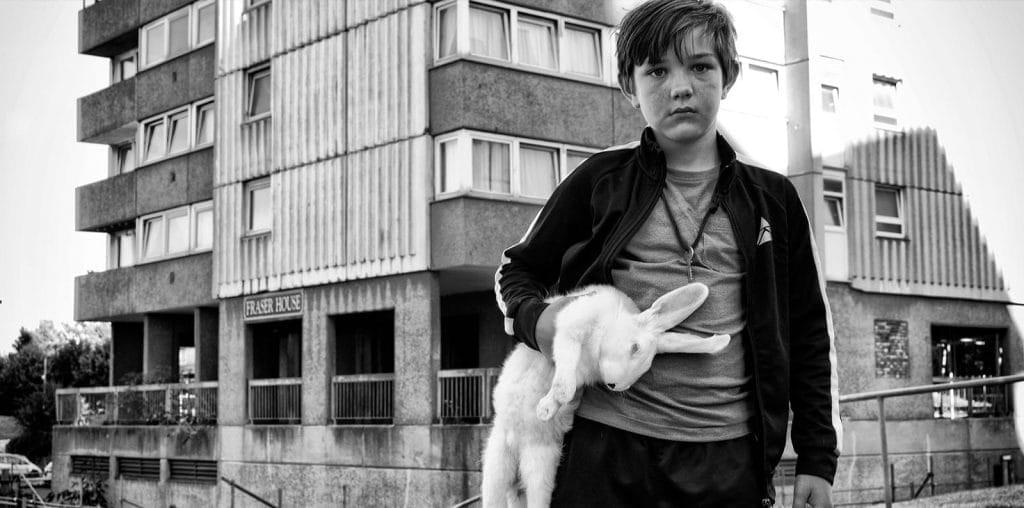
They were there on those in-state road trips from various spots in Florida to Orlando. I found them during many school trips to Disney theme parks in 6th and 8th grade in the parking lot of rest stops. They were unavoidable on a Grad Nite trip to the Magic Kingdom, and you bet they were around on a cross-country driving trip to move from Pembroke Pines, Florida to Valencia, California.
“They” are the truckers of this country, driving various big-rigs, including flatbeds, moving trucks, and any other kind that carries the goods of this country from one place to another, many times from one major coast to the other. In “Truck”, we get a full view not only of the trucks, but also of the men and woman that drive them. For Adrianne Jorge and Tamy Ojala, respectively, this was a senior thesis and junior project. This is not any type of pull-up-at-truck-stops-and-interview piece either. Back in the winter of 1995-96, both women hitched rides with a few truckers and rode with them on their routes and they bring forth a lot of fascinating stories with this verite approach.
The first important part of trucker folklore is their handles, or the names they go by on the long, stretching highways of the States. We first meet Jamie Barnhard, known as “Skipper” on the roads. They travel from Gloucester, Massachusetts to the Coney Island Aquarium in Brooklyn, New York, to drop off a load of fresh fish. Ronnie Bullock, “High Stepper”, talks with Jamie at the Petro Truck Stop on I-80 in Ohio about the olden days of driving and you can tell by that alone that these men truly love what they do in so many ways. Despite the stresses that burden them at times, there are still certain pleasures about it that keep them going.
Jorge and Ojala are smart not to stick with one truck driver’s journey, but switch around a few times. The most riveting personality they come across is Gene Rauschnot, a.k.a “Shithouse Mouse”. He’s a true veteran of the road, 40 years, and even hauled meat into Brooklyn at a time where a 12-gauge shotgun in the truck was necessary just to show that business was to be done here, nothing else. He has a few captivating stories to tell, but it’s enough just to watch him consider his various routes, and at one point, even talk of how tired he is, and realizing that he has to press on with his current route.
There’s also Todd Bazurto, “Desert Rat”. If Peter Jackson decided to take up trucking, this is what he would look like. Bazurto’s got hair reaching a bit below his shoulders, and a grizzled beard. At 28, he’s a young’un, but looks quite aged, confirming what he says about trucking having the ability to age a person. And in order to keep it fair, there’s a woman in the mix, Susan Christianson, “Fox Fire”, whose interview is set up by CB radio, and that makes for an amusing scene. At a Fina truck stop in Albuquerque, New Mexico, she talks about what drove her towards trucking for many years, but later injuries forced her into the instructor’s seat and she’s proud of what she does in helping students become the new truckers of America.
With the approach taken here, and the time allowed to let the camera linger on these drivers, despite the 55-minute running time, there’s a real feel for the traveling and the life of a trucker, something that hasn’t been covered at length in a non-fiction capacity. While Jorge and Ojala, student filmmakers at the time, were new to the subject of trucking, we’re just as new to it and “Truck” provides an absorbing look at a different kind of life, one where the open roads are home.

